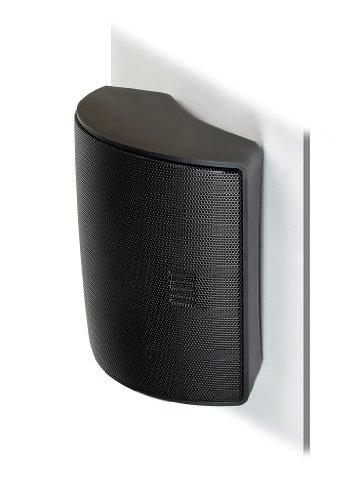David Matz
Well-known member
Green glue seems to be the "consensus best" product for sound proofing based on my research. Anyone here put it in? How do you like it?
How well does it work for bass frequencies? I imagine it would be hard to get rid of that thump-thump, even if the rest of the frequency range has been killed off.
Anyone here de-couple the studs in the walls to minimize the sound vibrations?
I imagine doing both is the best way to go.
Thanks!
How well does it work for bass frequencies? I imagine it would be hard to get rid of that thump-thump, even if the rest of the frequency range has been killed off.
Anyone here de-couple the studs in the walls to minimize the sound vibrations?
I imagine doing both is the best way to go.
Thanks!













